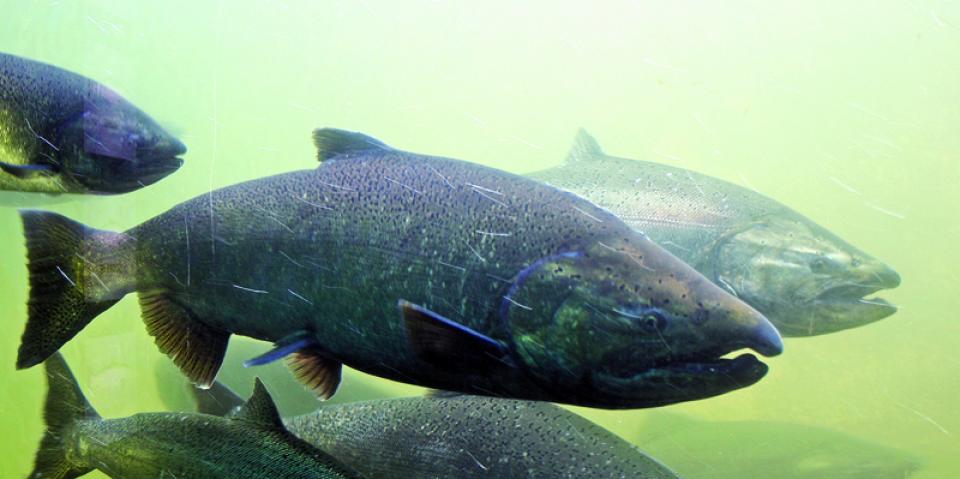Endangered Species Act – California
California was the first state in the nation to protect fish, flora and fauna with the enactment of the California Endangered Species Act in 1970. (Congress followed suit in 1973 by passing the federal Endangered Species Act. See also the Convention on International Trade in Endangered Species of Wild Fauna and Flora, or CITES.)
The California ESA states that, “All native species of fishes, amphibians, reptiles, birds, mammals, invertebrates, and plants, and their habitats, threatened with extinction and those experiencing a significant decline which, if not halted, would lead to a threatened or endangered designation,will be protected or preserved.”
The California Department of Fish and Wildlife oversees the California ESA and serves in an advisory role to help offset potentially adverse impacts to rare, endangered and threatened species.
Plants, invertebrates, fish, amphibians, reptiles, birds and mammals are all represented on California’s list of threatened and endangered species, and many of them rely on healthy rivers, lakes and waterways for breeding grounds, habitat and nourishment. Parts of the Pacific Flyway in California are havens for threatened and endangered bird species. The Salton Sea, for instance, provides refuge for the Yuma Ridgway’s rail.
Other noteworthy listed species in California that rely on waterways include the southwestern willow flycatcher in Southern California, the California tiger salamander in the Central Valley and some coastal regions, and the chinook and coho salmon, several populations of steelhead trout and the Delta smelt in the Sacramento-San Joaquin Delta.
In a success story, the California red-legged frog, listed as threatened under the federal Endangered Species Act, is thriving again in the Yosemite Valley after a 50-year absence. Re-introduced in 2017, the frogs were documented by scientists to be breeding in 2019.









